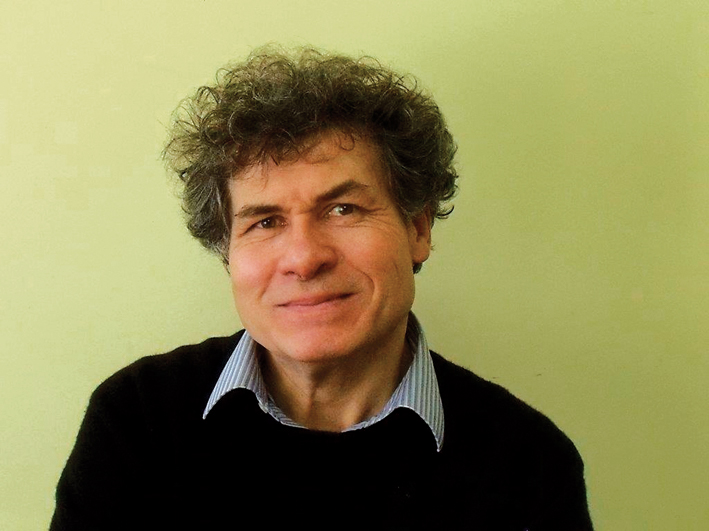ESN takes centre stage post-Brexit
Emergency services players in Europe will want to keep a closer than ever eye on the UK post-Brexit and the new Emergency Services Network (ESN) is the reason, according to industry voice Police Market Report.
Emergency services players in Europe will want to keep a closer than ever eye on the UK post-Brexit and the new Emergency Services Network (ESN) is the reason, according to industry voice Police Market Report.
The technology, now planned to go live in late 2017, is indisputably the shape of whats to come, and continental blue light services will want to learn from the UK venture, said John Rowland, editor of the monthly subscriber-only bulletin that specialises in police information and communications technology.
Theyre continuing to use the tried and trusted Tetra (terrestrial trunked radio) standard, but are looking to build in functionality and options, which will smooth transition to LTE (long-term evolution), the 4G transfer process that the ESN uses.
Unlike the previous system that used a bespoke carrier system, the ESN will be carried on commercial networks supplied by EE and supported by Motorola. The emergency services will have primacy of use on these commercial systems. When implemented it will offer increased functionality at a reduced cost compared to the current network.
EE says its 4G network will significantly improve the efficiency of the emergency services by giving them access to the type of data and applications that have benefitted private businesses in recent years.
The ESN tendering process had more drop-outs than the Labour front bench, but things are settling, explained Mr Rowland in his latest blog. Recent technology fairs have given a few solid instances of the sort of handsets blue light ESN users could be carrying.
No die has been cast, but shape and design will be dictated by imperatives of user security, ruggedness and smartphone screen functionality. Several have a hybrid multi-connectivity capability, permitting them to switch from LTE to Tetra mode.
He added that hybrid type devices may find a special niche: If a combination of slippage and the unforeseen mean services have to carry on temporarily using Airwave, then the only alternative will be to use existing handsets and mobile devices.
Mr Rowland said a massive amount of infrastructure still needs to be built.
Between 700 and 800 new radio sites are planned to guarantee cover, he added. The target is 97 per cent of vehicle coverage access across Great Britain geographically.
Deals have been done to get the masts up and running in national parks (see PP510), but theres still plenty of legal and technical hoops to jump through.
Mr Rowland said trials of the system were still awaited: The most recent round of emergency planning exercises ran on the existing Airwave system. Live tests of ESN will only happen when its ready to go, prior to transition latest official word from the Home Office is that work is still in the planning stage.
However, he said if everything goes to plan, the dividends of better, across the board, wireless connectivity will be substantial.



